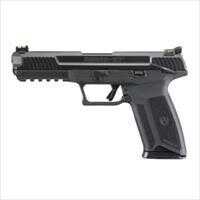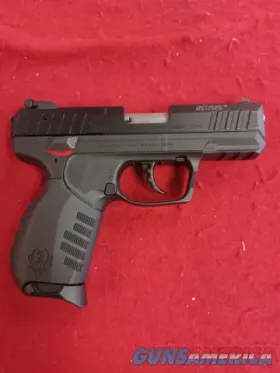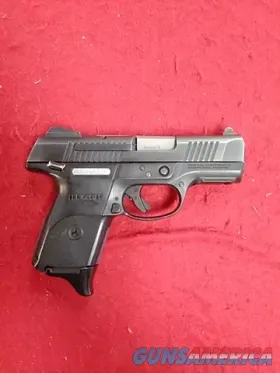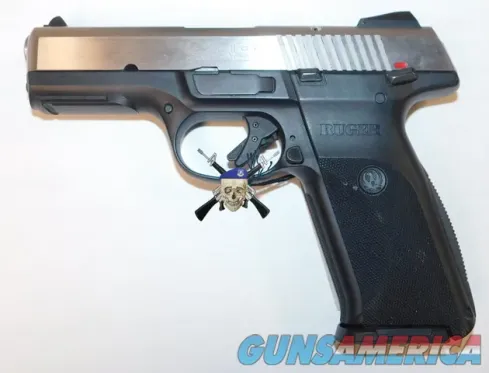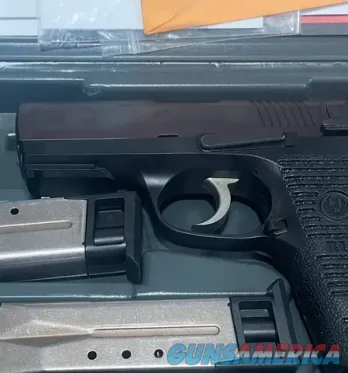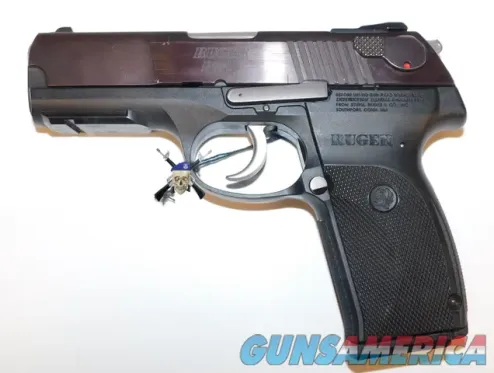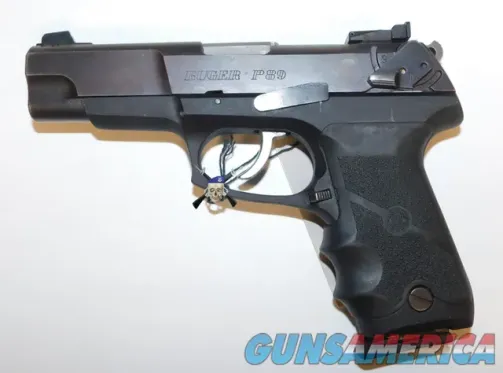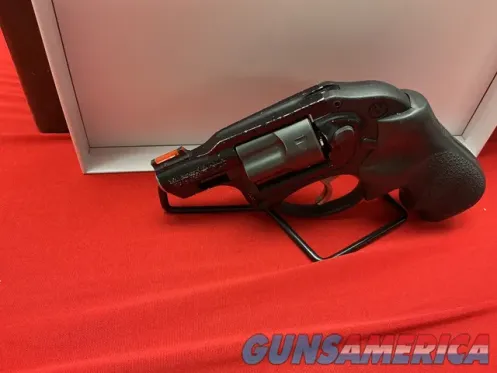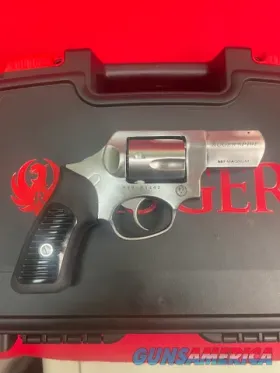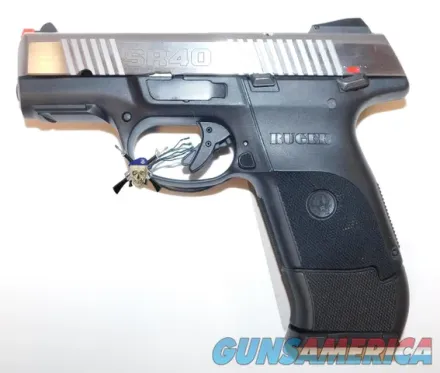Like many people my age, I grew up with semi-autos. Revolvers were neat, but why carry a five- to six-shot revolver when I can toss a single-stack 9mm or SIG P365 style auto on my hip? I had always liked revolvers, but I had never seriously considered one. That is, until I did, and began carrying the S&W 432 UC. After carrying one and training with one, I realized the revolver had stuck around for a reason and that the concealed carry revolver had some serious advantages.
Thank you for reading this post, don't forget to follow and signup for notifications!
Today, we are going to dissect the advantages of a concealed carry revolver and why you shouldn’t immediately disregard the idea. We can admit the revolver has downsides. Of course, we have limited capacity and slow reloads. Concealed carry revolvers have heavy double-action triggers and often have rudimentary sights.
Table of contents
- The Advantages Of The Concealed Carry Revolver
- Perfect for Pocket Carry
- Easier to Conceal
- Ammo Versatility and Reliability
- Good In A Clinch
- Perfect For Reduced Hand Strength
- It’s Just Simple
- The Concealed Carry Revolver
Concealed carry revolvers tend to be more difficult to shoot and require more training to be proficient with. If you are willing to train with your revolver, you will get the most out of its advantages. There are lots and lots of revolvers out there, but we are focusing on the typical concealed-carry revolver.
This is typically a snub nose design with a barrel that’s 1.87 to 2 inches long. There are also guns with 3-inch barrels that are compact and easily concealable. These guns have compact frames and typically carry between five to six rounds. Sometimes, one of these guns can hold up to eight rounds of rimfire ammo. These all tend to be double-action revolvers, and most will have a concealed hammer, but not all.
Available on GunsAmerica Now
Let’s dig into the concealed carry revolver advantages.
Revolvers are larger than most pocket-sized automatics, yet they tend to be outstanding pocket guns. The widest point of a revolver is the cylinder. In a pocket carry holster, the revolver’s cylinder tends to press the revolver away from the body and orient the grip in an easy-to-reach location. It doesn’t stick to the side of your leg, so grabbing the gun and getting into action can be done very quickly.
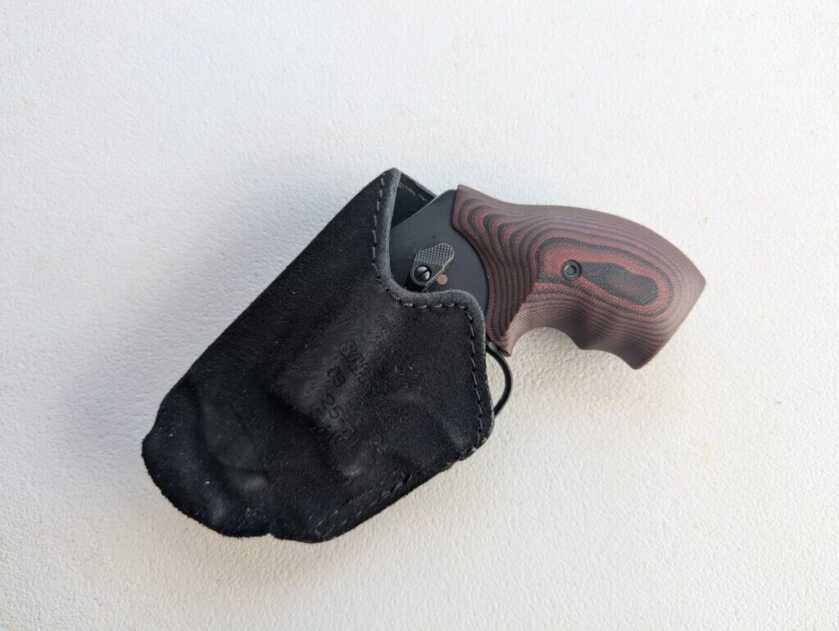
A revolver can also be carried in a jacket pocket and fired from inside the pocket. This method allows you to engage a threat without exposing your weapon. Why worry about a fast draw time when you don’t have to draw? Admittedly, this only works for close-range work, but it does work. Sadly, you’ll put holes in your jacket, but I guess those hotels are better than the holes the bad guy will put into you and your jacket.
Since we’ve already discussed pocket carry, let’s talk about how easy small revolvers are to conceal. In a pocket carry scenario, the revolver’s rounded and less angular shape is easier to conceal. It’s easy to conceal a concealed carry revolver in jeans or even a khaki pocket without anyone knowing.
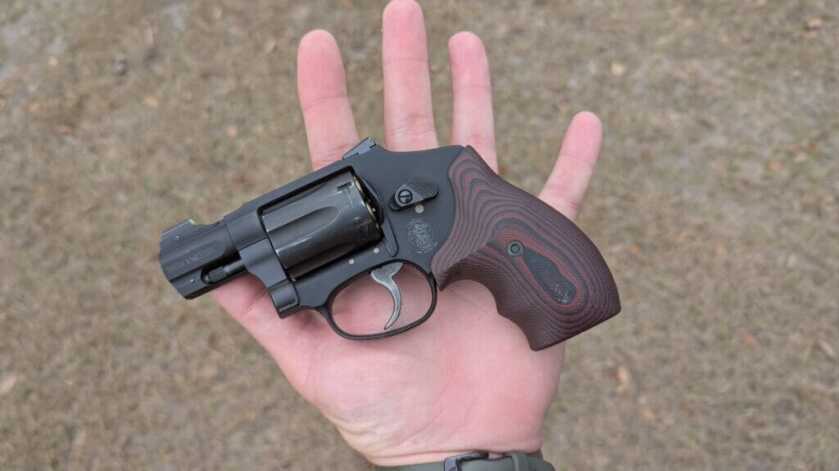
Outside of the pocket, the revolver’s round shape makes it much easier to conceal. The less angular design of the revolvers gives fewer surfaces for the gun to cling to. They tend to print less when compared to guns of a similar size. This makes them really easy to carry outside the waistband and extremely easy to carry a gun on in an inside-the-waistband or appendix holster.
These guns can disappear with ease and are very easy for even smaller people to carry concealed.
Revolvers often allow you to pick and choose the best ammo type for your needs. Revolvers come in all shapes and sizes, so different loads and projectile types are designed for different barrel lengths. Revolver shooters can find adequate loads for any barrel length, whether it’s a traditional JHP or a flat-faced wadcutter for a short-barreled revolver. There won’t be any problems with feed ramps and projectile types.
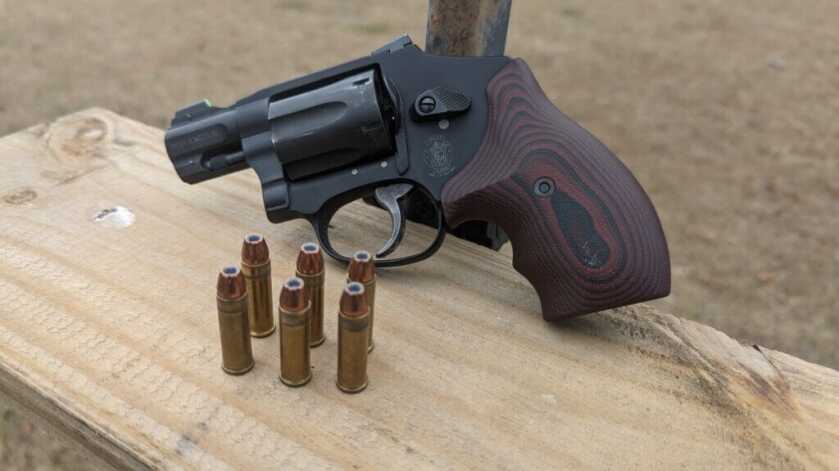
Additionally, the operation of a revolver isn’t dependent on the cartridge. This allows revolver shooters to use reduced-recoil ammo without worrying about affecting their firearm’s reliability. Simply saying revolvers are more reliable just doesn’t capture the truth about the situation. Revolvers can fail, and when they fail, they fail big. However, they won’t fail or jam due to your ammo type unless something is seriously wrong with the ammo.
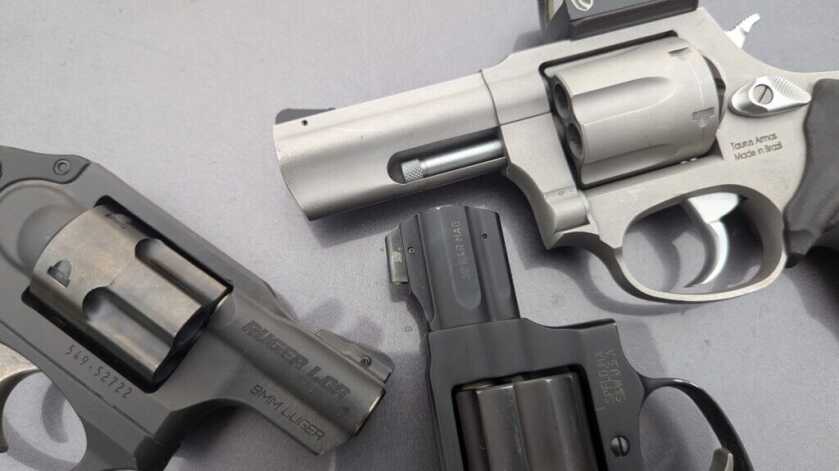
Additionally, a concealed carry revolver can be pocket-sized but can pack powerful calibers like .357 Magnum and even .44 Special. These are indeed handfuls in small revolvers, but it’s an option. On the opposite spectrum, you have rimfire capability. Rimfire ignition isn’t as reliable as centerfire ammo. However, when a rimfire round fails to ignite with a revolver, all you need to do is pull the trigger again.
The barrel and slide must be in battery to fire with a semi-auto pistol. In a close-range fight, the pistol slide can be knocked out of battery if pressed against an opponent. This can prevent the weapon from firing and put it in a state where you have to apply remedial action to get the gun back into the fight. This requires two hands, and good luck using two hands if you’re in a hand-to-hand fight.
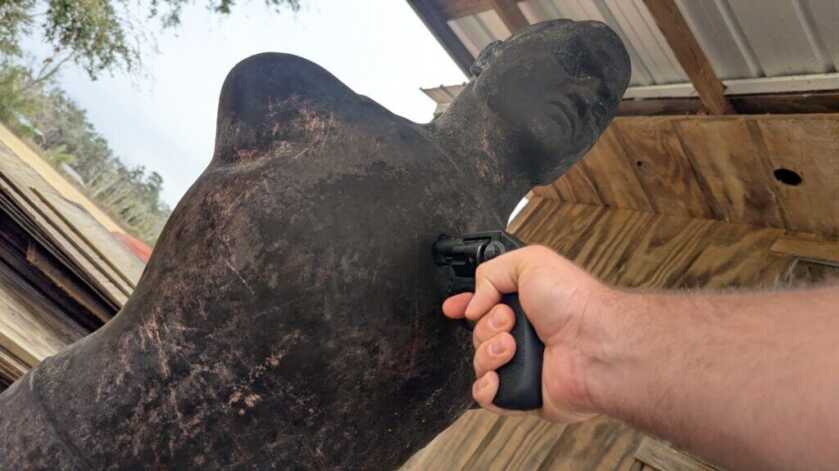
A revolver doesn’t have that problem. You can shove it against a target and pull the trigger until the cows come home. It’s going to fire. If you find yourself in a clinch and a fight, a revolver can be an awesome weapon to end the fight.
For shooters with reduced hand strength, the concealed carry revolvers make a whole lot of sense. You can find a concealed carry revolver in calibers like .22LR, .22 Magnum, and .32 H&R magnum, and they have a low recoil and easy-to-shoot option. As mentioned, when it comes to rimfire rounds, you don’t need to tap, rack, bang if the rimfire primer fails to ignite.
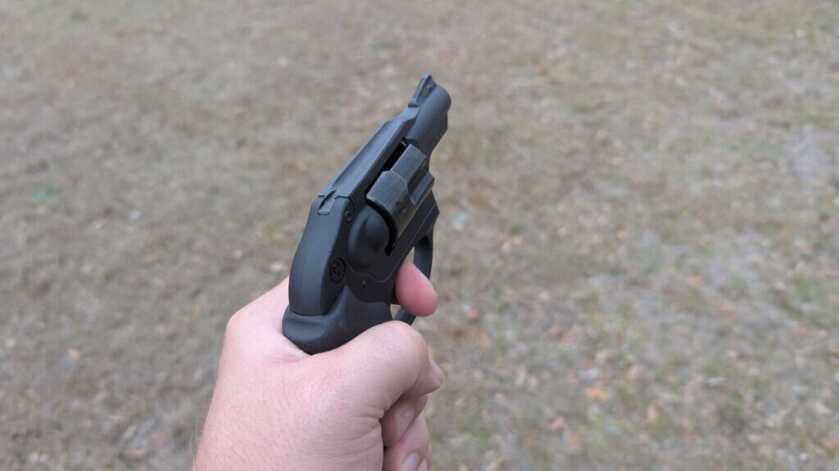
Revolvers also lack slides, and the user doesn’t have to manipulate a slide to ready the handgun for fire. As mentioned already, your remedial action is nothing more than a trigger pull. Those with weaker hands should try out a few revolvers to make sure the double-action trigger isn’t absurdly heavy. I suggest the Ruger LCR, the S&W UC series, and the Taurus Executive grade guns.
Revolvers are just simple. All you have to do is look at it to see if it’s loaded. Unloading is super easy as well. Open the cylinder and dump out the rounds. That’s it. A concealed carry revolver is a very simple but effective tool. You don’t have to stress about recoil springs or what ammo will work in your gun. Simple is as simple does.
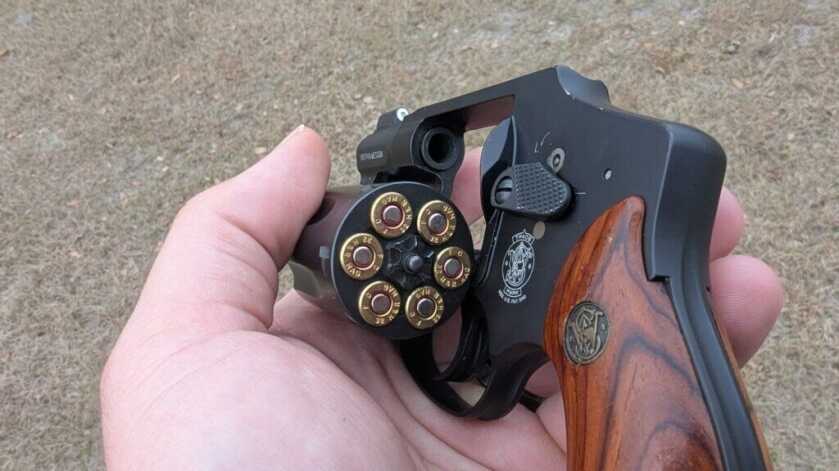
READ MORE HERE: The Best Snub Nose Revolvers
The concealed carry revolver might seem outdated, but when we examine the typical concealed carry engagement, we can see that the weapon still has potency and a place in the concealed carry conversation. The wheel gun provides several advantages that the automatic still hasn’t replicated. While the revolver isn’t for everyone, it’s worth examining to see if its advantages are beneficial for you and your concealed carry scenario.
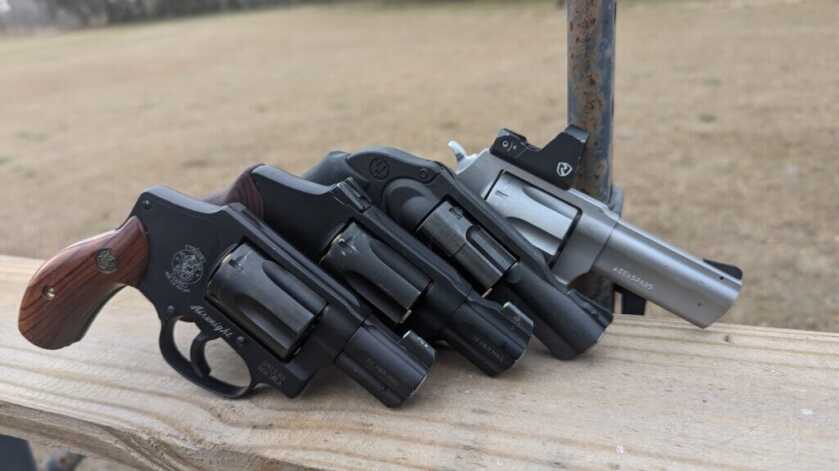
What say you? Are you a wheel gun fan? Let us know below why you like the concealed carry revolver and what advantages you have found with the platform.
*** Buy and Sell on GunsAmerica! ***



